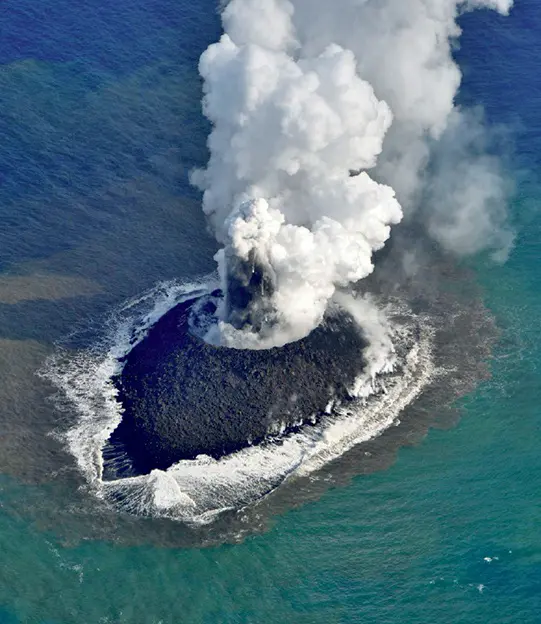The Hawaiian hotspot, active for over 28 million years, showcases the dynamic nature of Earth’s geology. Located in the Central Pacific Ocean, this hotspot has formed a chain of islands and seamounts, evidence of the Pacific plate’s movement over a stable mantle hotspot. Hotspots, like the one beneath Hawaii, are crucial in understanding the inner workings of Earth. They are thought to be heat and molten rock plumes from Earth’s mantle, playing a key role in the planet’s heat release.
Among the 50 to 60 mantle hotspots worldwide, the Hawaiian hotspot stands out, with recent eruptions from Mauna Loa and Kilauea volcanoes confirming its ongoing activity. The Pacific plate’s northwest movement, at 2 to 4 inches per year, indicates the potential emergence of a new island southeast of Hawaii in geological terms.
Enter Loihi, an undersea mountain about 22 miles off Hawaii’s southeastern coast. Rising over 10,000 feet above the seafloor, Loihi is taller than many known stratovolcanoes. Its slopes harbor deep-sea hydrothermal vents and a rich variety of marine life. With significant seismic activity and undersea eruptions recorded since the late 1950s, Loihi’s lava samples suggest a formation timeline of about 400,000 years.
Geologists predict that Loihi, subject to ongoing volcanic activity, could breach the ocean’s surface in the next 100,000 to 200,000 years, adding a new island to the Hawaiian chain. This development not only adds to Hawaii’s geographical allure but also offers invaluable insights into geological processes and Earth’s evolving landscape.

